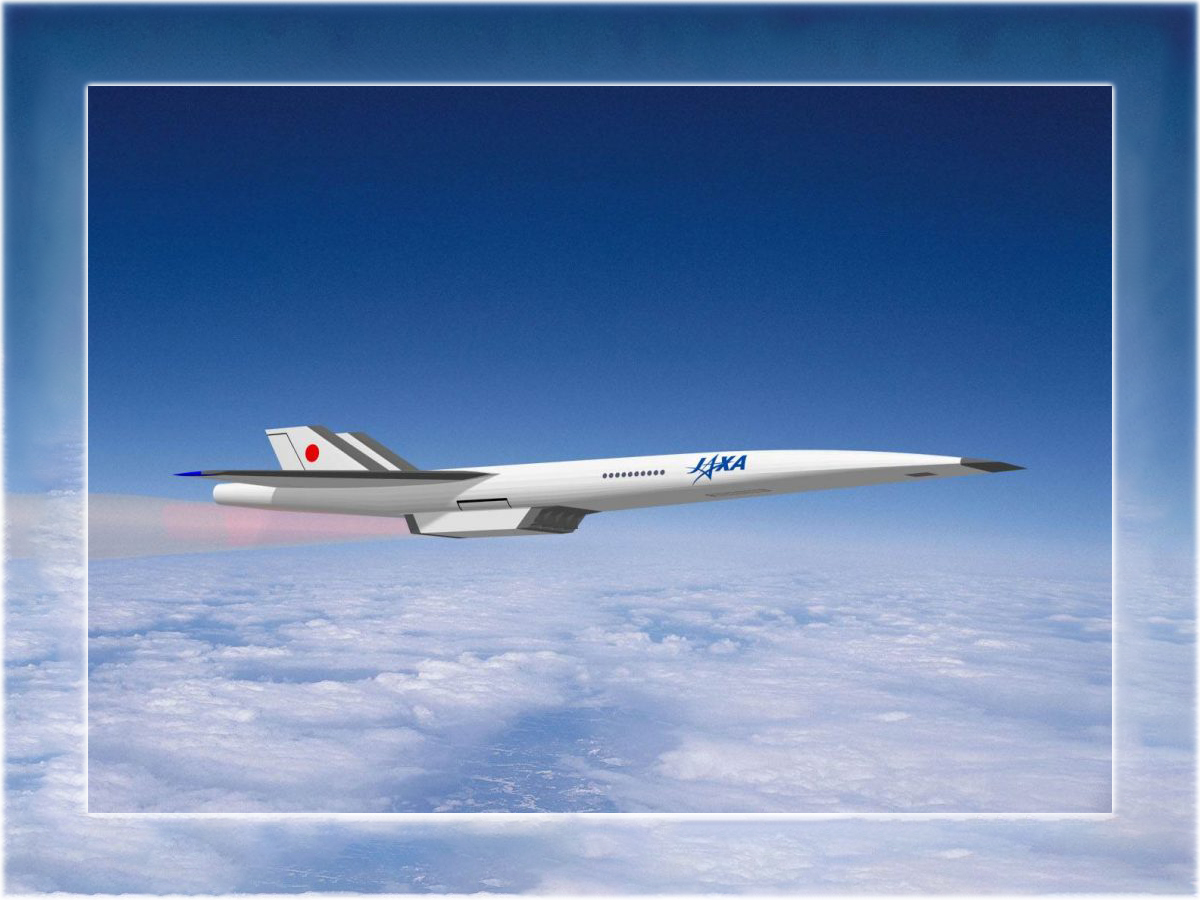
Source: © JAPAN Forward
Across the Pacific in Two Hours: JAXA Sets Sights on Mach 5 Supersonic Aircraft
- Source:
- © JAPAN Forward
- Tags:
- aircraft / Airplane / hypersonic / hypersonic turbojet engine / JAPAN Forward / JAXA / Mach 5 / supersonic / supersonic aircraft / supersonic flight
Related Article
-

First Institutional Solo Exhibition of Kazuko Miyamoto in New York
-

Gundam manholes land in Sagamihara City adding to Japan’s impressive lineup of manhole designs
-

Young YouTuber Wants to Stay Out of School; People on Tokyo’s Streets Weigh In
-

Niigata’s ‘Giant Kite Battle’: A Story of Retaliation Turns Into A Festival Tradition
-

JAPAN BLUE – Bringing Tradition Closer to Everyday Life
-

Heart of Everyday Life: British Pub vs Japanese Izakaya


(by Shinji Ono for JAPAN Forward)
The Japan Aerospace Exploration Agency (JAXA) is advancing research on a hypersonic Mach 5 passenger aircraft that can cross the Pacific in merely two hours.
The agency aims to reach its technological goals within the 2020s, developing a technology that can be applied to both manned and unmanned spacecraft. Tremendous development costs have JAXA considering international cooperation in development, but its technological stockpile will prove essential in the agency taking on the leading role.
According to the conceptual plan, the aircraft would hold 100 persons. It would be flat-shaped, about 90 meters in length and about 10 meters across. Seating would be arranged in 10 rows, each with 10 seats across.
The aircraft would fly at an altitude of 25,000 meters, where the air is thin and resistance is low. It would have a cruising range of 9,000 kilometers which, if further extended, would allow the aircraft to reach anywhere in the world in under four hours.
It would make a flight from Tokyo to Europe or North America feel like taking the bullet train down to Osaka.
The flat body of the aircraft is designed to increase the “aerodynamic lift” for floating in the air. The main wings are near-triangular shaped “delta wings.” The design is suited to flight that exceeds the speed of sound, with the wings attached at the rear like the supersonic Concorde.
Four engines installed under the body of the plane would use liquid hydrogen as fuel. As liquid hydrogen vaporizes at temperatures above minus 253 degrees, the fuel tank is designed as a “vacuum insulation” structure, like a thermos.
Cooling the Air with Liquid Hydrogen
The key to turning the concept into reality is the “hypersonic turbojet engine.” “Hypersonic” is generally defined as speed that exceeds Mach 5, or five times the speed of sound.
The use of liquid hydrogen as fuel is a crucial point.
Jet engines use oxygen in the air to ignite fuel. When they fly at high speed, the temperature of the air rises due to aerodynamic heating, causing the temperature of the air taken into the engines to rise as well. At a speed of Mach 5, air temperature could reach up to 1,000 degrees.
Written by Japan ForwardThe continuation of this article can be read on the "Japan Forward" site.
Across the Pacific in Two Hours: JAXA Sets Sights on Mach 5 Supersonic Aircraft